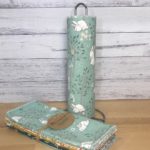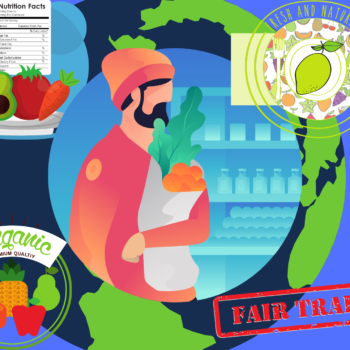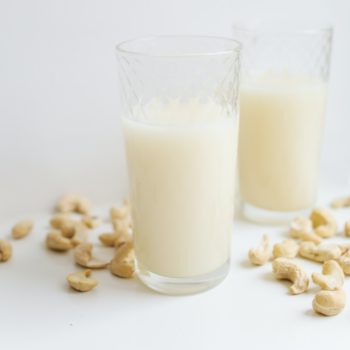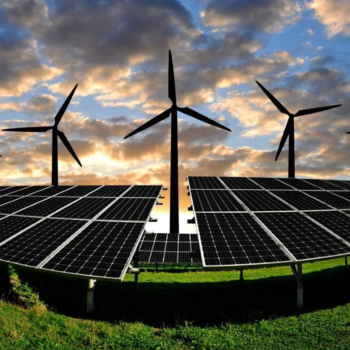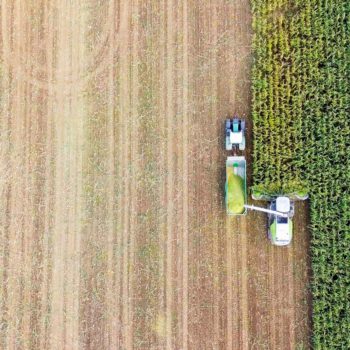|
|
Curious about fleece fabric and its impact on the environment? Fleece fabric is a soft and warm material made from synthetic fibers, often derived from recycled plastic bottles. It’s popular for sustainability due to its potential to repurpose plastic waste, offering a cozy yet eco-friendly alternative to traditional fabrics.
This article will dive into fleece fabric and its environmental impact. Whether you’re well-versed in eco-conscious choices or just beginning your sustainable journey, recognizing the effects of the materials we use matters. We’ll also explore the essence of fleece fabric and examine its sustainability aspects, shedding light on whether this favored textile aligns with our planet-friendly aspirations.
What is Fleece?
Fleece fabric, a soft and fuzzy material made from polyester, is known for being breathable and great at keeping you warm. It’s made by weaving synthetic fibers together to create pockets of air that trap body heat and provide insulation.
There are different types of fleece material, that’s fabric made of polyester fleece, sometimes called polar fleece. It is a popular kind made from synthetic plastic. Meanwhile, sherpa fleece is another type known for feeling cozy like wool.
Fleece is often used in jackets and outdoor clothes. It’s perfect for outdoor activities because it keeps you warm without being heavy. Big brands like Patagonia and Malden Mills use fleece in their products, showing how useful and versatile it is.
How is Fleece Made?
In the early 1980s, Malden Mills changed the game by creating a new fabric using polyester fibers. They named it fleece, which completely transformed the outdoor clothing world. Fleece was a game-changer because it was lighter and tougher than the old-fashioned wool fabric.
People often think of fleece and wool in the same breath because they keep you warm. But there’s a big difference: wool comes from sheep’s wool (a natural material), while fleece is made from polyester, which is man-made. This is why fleece is more affordable and easier to find.
Regarding taking care of our planet, there’s a bit of a debate about fleece. The main ingredient in fleece is polyester, which comes from petroleum, a resource that doesn’t renew itself. Making polyester also uses a lot of energy and water. But here’s the good news: We’re getting better at making recycled polyester, which is way friendlier to the environment.
Check out this YouTube video for more in-depth knowledge about fleece.
Exploring the Benefits of Fleece

- Lightweight Comfort: Fleece’s lightweight nature, coupled with its breathability, ensures comfortable wear. The synthetic fibres create tiny air pockets that allow improved airflow, avoiding overheating during use.
- Exceptional Insulation: Known for its insulation prowess, fleece expertly traps and preserves body heat. It keeps you snug and warm even in chilly conditions, making it a fantastic choice for outdoor escapades and winter attire.
- Effortless Maintenance: Fleece is a breeze to take care of. It’s machine washable and dries speedily, perfect for frequent wear. Plus, its wrinkle-resistant and shrink-resistant attributes guarantee that your fleece garments stay in shape and maintain their appearance with time.
Considering the Drawbacks of Fleece
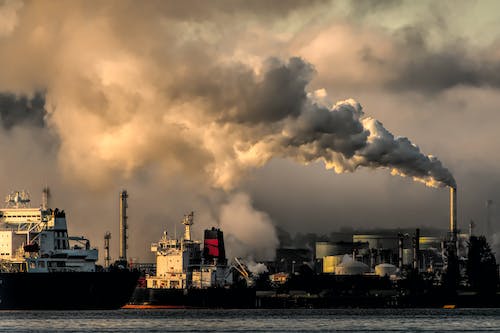
- Environmental Concerns: Fleece’s creation relies heavily on synthetic materials, mainly polyester, from non-renewable resources. This poses environmental worries, especially regarding resource exhaustion and carbon emissions during production.
- Microplastic Shedding: One major drawback is shedding microplastic fibers from fleece during washing. These tiny plastic particles can infiltrate water bodies, contributing to pollution and potentially harming marine creatures. Efforts are underway to combat this issue, including developing washing machine filters that trap microplastic fibers. Source
- Durability Concerns: Fleece might not match the durability of fabrics like wool. Over time, pilling and loss of softness can affect its appearance and texture. Still, proper care and maintenance can go a long way in extending the lifespan of fleece garments.
Proper Care for Fleece
Proper care is essential to ensure the longevity and performance of your fleece garments. It is recommended to wash fleece items separately to prevent pilling and avoid using fabric softeners, as they can break down the fibers. Machine wash on a gentle cycle using cold water and a mild detergent.
Tumble dry on low heat or air dry to prevent excessive heat-induced damage. Removing any lint or pet hair using a lint roller or brush is also a good idea.
Types of Fleece Products
Explore the variety of fleece products:
- Versatile Creations: Fleece works wonders in various items, including jackets, blankets, hats, scarves, pet beds, etc.
- Micro Fleece: This lightweight, velvety type of fleece excels in insulation while keeping things breathable comfortably.
- French Terry Fleece: Offering a slightly heftier and textured touch, it’s a cozy choice for various uses.
- Fleece Jackets: These have soared in popularity for their snugness and toasty comfort. They are typically crafted from polyester fleece and present a stylish, hassle-free outerwear solution.
- Sherpa Fleece: Its fuzzy and plush texture has gained fame as a cozy alternative to traditional sherpa linings. It’s especially adored for delivering extra warmth and a snug feel.
Fleece and Sustainability
The sustainability of fleece largely depends on the materials used and the manufacturing processes employed. As mentioned earlier, the production of polyester fleece contributes to environmental issues due to its reliance on non-renewable resources and energy-intensive manufacturing.
However, efforts have been made to improve the sustainability of fleece production. Recycled polyester, for example, is becoming more widely available. It is made from post-consumer plastic bottles and reduces the demand for new plastic production.
Some brands and manufacturers are also adopting eco-friendly initiatives in fleece production. This includes reducing water and energy consumption, implementing recycling programs, and using alternative materials like organic cotton or recycled fibers.
Ultimately, the sustainability of fleece is a complex issue that requires careful consideration of various factors. As a consumer, you can make more eco-conscious choices by opting for recycled fleece products, supporting brands with sustainable practices, and properly caring for your fleece garments to prolong their lifespan.
Frequently Asked Questions
Fleece is a soft fabric that is typically made from polyester. It is known for its warmth and comfort.
Fleece is made by knitting or weaving polyester fibers together. The fibers are then brushed to create a soft and fuzzy texture.
Fleece has several advantages. It is lightweight, breathable, and quick-drying. It also provides good insulation and retains warmth even when wet.
Fleece is used in a variety of products, including jackets, blankets, hats, and scarves. It is also commonly used as a lining material for outdoor gear.
Fleece and wool are both natural insulators, but they have some differences. Fleece is made from synthetic materials, while wool comes from animal fibers. Fleece is generally lighter and less itchy than wool.
Fleece can be sustainable if it is made from recycled materials. Some manufacturers produce fleece using recycled plastic bottles. However, the production process of fleece itself is not always environmentally friendly.
To care for fleece, it is best to wash it in cold water and hang it to dry. Avoid using fabric softeners as they can reduce the fabric’s performance. It is also important to avoid high heat when drying or ironing fleece.
Several types of fleece include polar fleece, sherpa fleece, and microfleece. Polar fleece is thicker and insulates more, while microfleece is thinner and lighter.
Some fleece is made from recycled materials, such as plastic bottles. These recycled fleece fabrics are often marketed as eco-friendly alternatives.
Fleece is generally considered less sustainable than natural fabrics like wool or cotton. However, its eco-friendliness can vary depending on factors such as the manufacturing process and the use of recycled materials.
Conclusion
With its gentle warmth and adaptability, quality fleece fabric has found its way into our lives as a cozy companion. This polyester-based insulating fabric comforts us against the cold, accompanies us on outdoor escapades, and becomes a canvas for our personal style.
However, as we immerse ourselves in embracing fleece’s soft touch, we’re prompted to consider its sustainability story. At the same time, it offers comfort, and questions about its environmental impact emerge, striking a balance between positives and concerns, merging comfort and conscientiousness.
So, when you wrap yourself in your beloved fleece, it signifies more than warmth—it’s a commitment to weaving sustainable choices into the fabric of our lives. Like us, fleece journeys towards a cozier, kinder world, one thread at a time.

